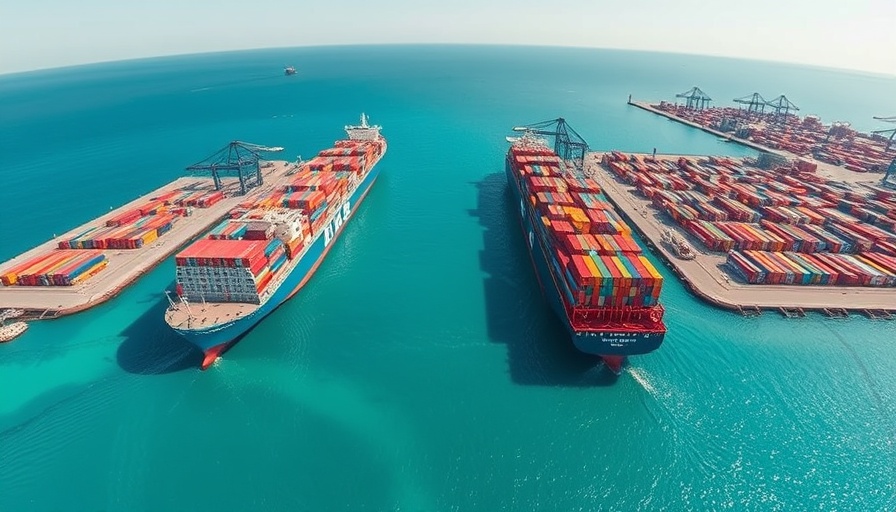
Pacific-Gulf Marine: A Major Player in Maritime Readiness
In a significant move for maritime operations and military readiness, Pacific-Gulf Marine (PGM) has secured three firm contracts valued at approximately $621 million for ship management services under the U.S. Maritime Administration (MARAD). This development is a critical step in ensuring that key military assets maintain their state of readiness, crucial for both military and humanitarian missions.
The Significance of the Contracts
The awarded contracts stipulate that PGM will manage a total of six ships, all part of MARAD's vital Ready Reserve Force (RRF) fleet. These ships are stationed in strategic locations: two vessels each in the San Francisco Bay Area, Newport News, VA, and New Orleans, LA. The RRF, comprised of military-useful vessels maintained by commercial operators, is designed to be activated rapidly upon notice from the Department of Defense for military operations and disaster relief.
Assessing Military Capabilities and Readiness
This recent contract not only highlights PGM's operational capabilities but also underscores the importance of maintaining a fleet that can respond swiftly to national needs. The U.S. government agency MARAD plays a pivotal role in overseeing these operations, ensuring that ships are always prepared for any eventualities, whether they're transporting troops or providing humanitarian assistance.
Economic Implications of Maritime Contracts
The financial implications of this contract extend beyond just the immediate dollar value. With a total contract value of around $621 million, the investment will likely spur job creation within the maritime industry, particularly in the regions where the ships are stationed. This is vital for communities around key ports, as maritime operations can significantly boost local economies.
Looking Ahead: What This Means for the Future of Maritime Management
As we evaluate the impact of these contracts, one can ponder the future of maritime management in light of evolving technologies and global demands. With advancements in shipbuilding and management techniques, companies like PGM could leverage greater efficiencies and safer operations, which ultimately enhance the service their fleets provide.
Challenges Ahead in the Maritime Industry
However, as PGM gears up to fulfill these contracts, it isn't without challenges. The maritime industry faces numerous obstacles, from logistical complexities to regulatory hurdles. Moreover, the ongoing fluctuations in international trade and global responses to crises can impact the scope and execution of such contracts.
Conclusion: A Call to Recognize Maritime's Vital Role
In conclusion, PGM's new contracts reflect a broader commitment to maritime resilience and readiness. Recognizing the vital role that maritime operations play in national defense and humanitarian efforts is crucial for policymakers and stakeholders alike. As the maritime landscape evolves, embracing innovative solutions and fostering collaboration across sectors will be essential in navigating the challenges that lie ahead.
As we celebrate this achievement, it's a wake-up call for all of us to pay closer attention to the intricacies of maritime operations and their implications. Whether you're an industry expert or a casual observer, understanding these developments is key to appreciating the significant role maritime operations play in our lives. Let's keep the conversation going and look forward to more innovations as the maritime sector continues to navigate the complexities of our world today.
 Add Row
Add Row  Add
Add 




Write A Comment